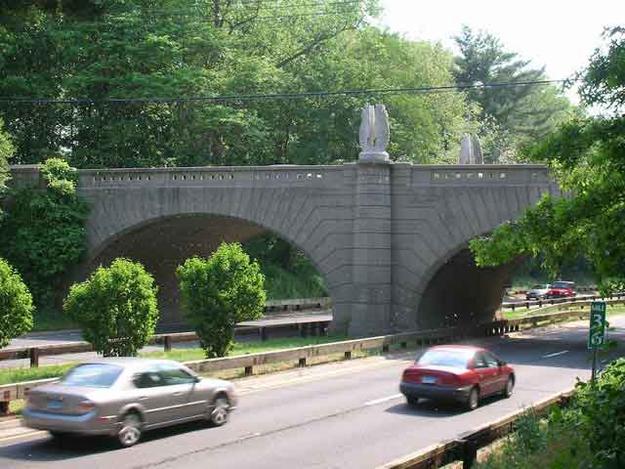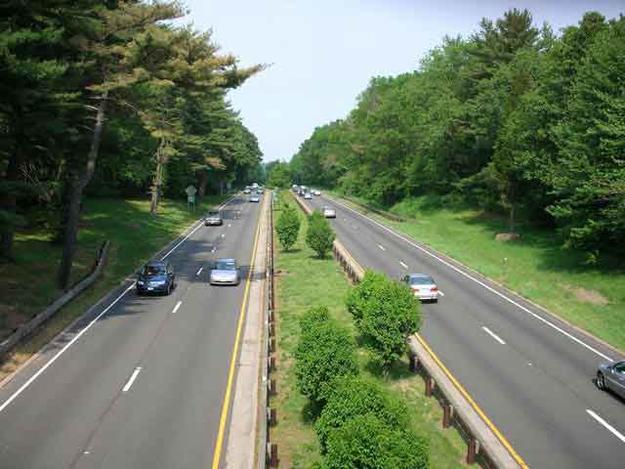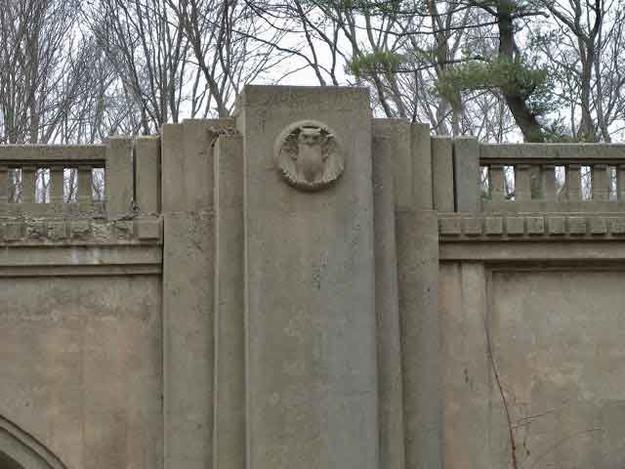The Bridges of the Merritt Parkway
2010 World Monuments Watch
Winding through the wooded landscape of southern Connecticut, the Merritt Parkway allows drivers to escape the sprawling, speeding, surging interstates nearby as it meanders through small towns and the countryside. Completed in 1940, the parkway stretches 37.5 miles and was conceived in the 1920s to relieve congestion on Post Road, which hosted almost 24,000 vehicles a day. One of the earliest limited-access regional highways to be completed in the United States, the Merritt represents the very American typology of the parkway, creating modern automotive transportation corridors notable for their natural settings. The vision of Weld Thayer Chase, the landscape architect for the Merritt, persists today. Native trees and plants, including maples, birch, and wildflowers follow the snaking road, fulfilling his desire that the road and drive reflect the natural beauty of southern Connecticut. Originally, the Merritt was designed with 68 bridges ranging in design from French Renaissance and neoclassic to art deco and rustic. The preservation of these many distinct bridges may be at risk due to necessary infrastructure work required to maintain the Merritt as a major thoroughfare. Balancing the functionality of the parkway while protecting the aesthetic qualities that make it unique pose challenges still to be addressed.



